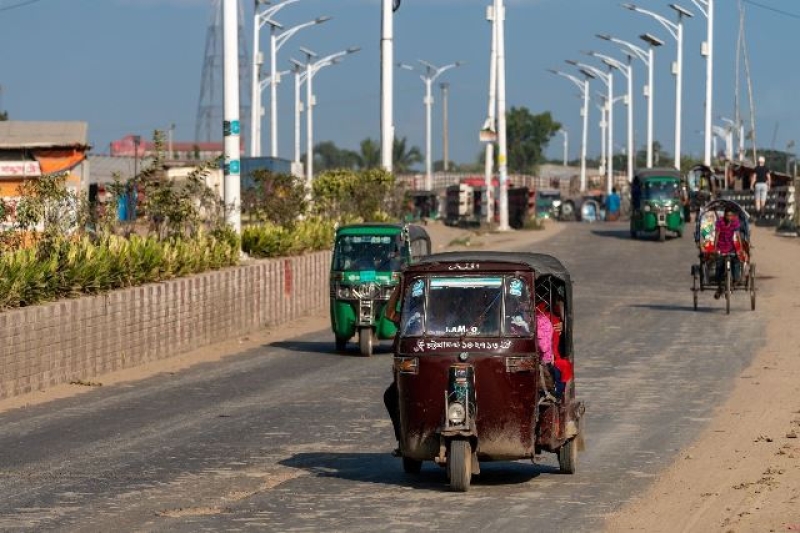- Dembele crowned king: PSG star wins Ballon d’Or |
- A Genocide Position Paper on the Plight of Palestine |
- Economy must move beyond narrow wealth accumulation: Yunus |
- Guterres Urges Recommitment to Two-State Israel-Palestine Solution |
- WHO Warns of Global NCD Crisis, Calls for Urgent Investment |
Dhaka’s air turns ‘moderate’ on Tuesday morning

Air quality of Dhaka recorded moderate on Tuesday 23 Sept 2025
Dhaka, Sept 23 - Dhaka, the overcrowded capital city of Bangladesh, has ranked 11th on the list of cities with the worst air quality with an AQI score of 95 at 09:07 am this morning.
Today Dhaka’s air was classified as ‘moderate,’ referring to a light health threat, according to the AQI index.
Pakistan’s Lahore, Uganda’s Kampala and Uzbekistan’s Tashkent occupied the first, second and third positions on the list, with AQI scores of 181, 165, and 159 respectively.
When the AQI value for particle pollution is between 50 and 100, air quality is considered ‘moderate’, usually sensitive individuals should consider limiting prolonged outdoor exertion, between 101 and 150, air quality is considered ‘unhealthy for sensitive groups’, between 150 and 200 is ‘unhealthy’, between 201 and 300 is said to be 'very unhealthy', while a reading of 301+ is considered 'hazardous', posing serious health risks to residents.
The AQI, an index for reporting daily air quality, informs people how clean or polluted the air of a certain city is and what associated health effects might be a concern for them.
The AQI in Bangladesh is based on five pollutants: particulate matter (PM10 and PM2.5), NO2, CO, SO2, and ozone.
Dhaka has long been grappling with air pollution issues. Its air quality usually turns unhealthy in winter and improves during the monsoon.
As per World Health Organization (WHO), air pollution kills an estimated seven million people worldwide every year, mainly due to increased mortality from stroke, heart disease, chronic obstructive pulmonary disease, lung cancer, and acute respiratory infections. - UNB

